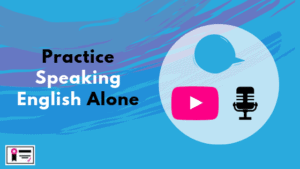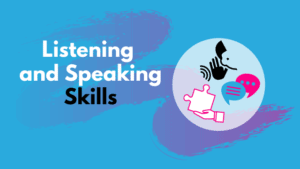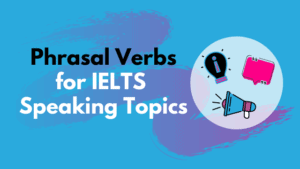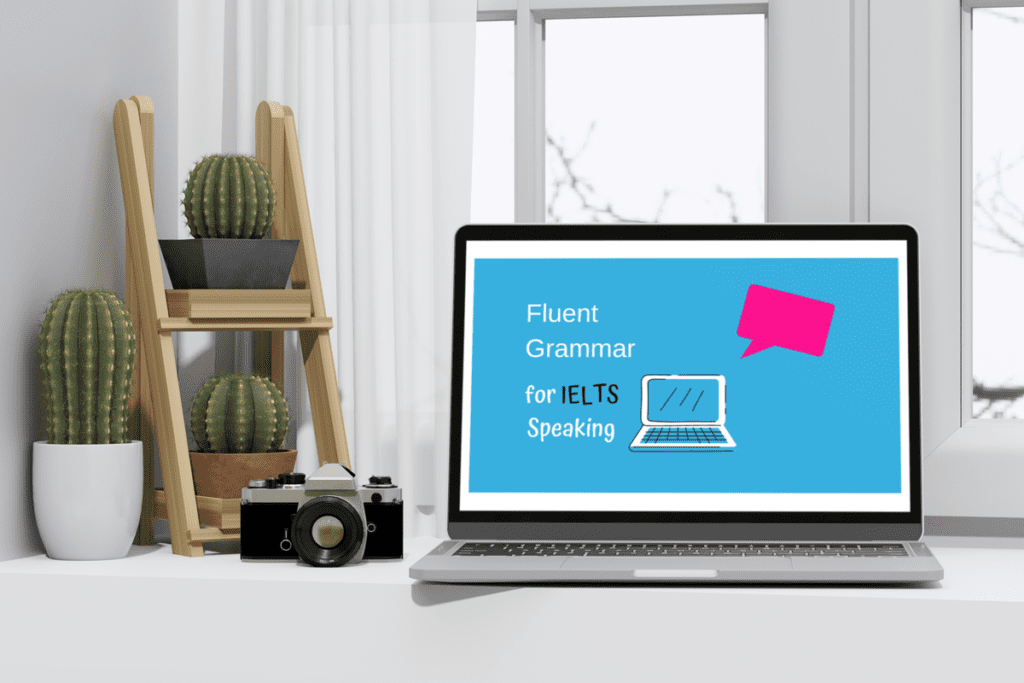IELTS Speaking Part 2 is a piece of cake, if you know what you are doing!
In this article, you will find out how you can succeed in IELTS Speaking Part 2 with 6 powerful tips and lots of useful phrases
Table of Contents
IELTS speaking tip 1. Have a clear structure
It’s important to have a clear structure in Part 2 of your IELTS test, so the examiner can follow your answers.
Here, you will be given a task card, a piece of paper, and a pencil.
The examiner will give you 1 minute to prepare.
In that one minute of preparation, you should:
- Get an idea quickly
- Structure your talk – think about what you are going to say and make some notes.
Remember, when speaking, you should keep hold of the task card and refer to your notes as you speak.
These are effective ways to stay focused and use your one-minute preparation time well.
IELTS speaking tip 2. Be direct

Get to the point!
You only have 1 to 2 minutes to talk so remember, avoid any preamble that will just confuse the examiner.
Make sure you say clearly what you are going to talk about in the first sentence. For example,
The person I am going to describe is none other than my father
I’m going to tell you about my favourite place.
If you spend more time on the introduction, you may have less time to talk about the most important topic.
IELTS speaking tip 3. Use different tenses
Most students ask ‘Which tenses can I use?’
Actually, you can use any tenses you want in IELTS Speaking Part 2.
It depends on what meaning you want to convey. There may be chances to use past, present and future tenses.
What is important, is that you try and show off your use and control of several different tenses.
Let me show you some ideas below with a special storytelling technique as old as the hills – but take note, only use it if you are confident with it.
In the first example below, we’ll use past tenses only.
- Describing an event:
It happened about 2 months ago. [TIME]
I was waiting for a friend inside a coffee bar. [SET SCENE]
This woman came in and started talking really loudly on her phone. Then she sat next to me. It was so noisy so I asked her to be quiet. [ACTIONS]
Now see what happens when we introduce some present tenses.
It happened about 2 months ago. [TIME]
I was waiting for a friend inside a coffee bar. [SET SCENE]
Then, this woman comes in and starts talking really loudly on her phone. Then she sits next to me. [LIVELY ACTIONS]
It was so noisy so I asked her to be quiet. [CONCLUDING ACTIONS]
We can use the simple past tense to say when something happened.
Then, the past continuous tense to set the scene.
After that, we can introduce present tenses to make the action vivid and make it feel like it is happening now in front of us.
It’s a powerful technique because it triggers stronger emotional responses.
Finally, when concluding, we often go back to the simple past tenses.

IELTS speaking tip 4. Use some flexible templates
It means not memorizing whole sentences, but using templates to help you explain your ideas and build your confidence.
A template is basically a short phrase where we can change some of the words to make new but similar sentences.
Here are some examples:
- When starting a talk or story
I’d like to kick off by telling you ________
I’d like to kick off by telling you what happened
2. When saying when it happened
This took place ______________
This took place quite a while back
3. When describing a place
It’s one of the _____________ places I have visited
It’s one of the most amazing places I have visited
IELTS speaking tip 5. Use cohesive devices
What are Cohesive Devices?
These are the words or phrases that act like glue and stick your sentences and ideas together, making them logical and easy to follow.
They are often called discourse markers, linkers or connectors.
For example:
- First of all, to kick off
- After that, next,
- Anyway,
- Finally, In the end
These make it easier for the examiner to follow you, to understand your ideas and so give you a higher score.
Other examples:
- When changing topic
Anyway, what happened next…
2. When describing or summarising your feelings
When it comes to my feelings, I’d say I felt very happy
As far as my feelings are concerned, I’d say I was over the moon
Use Cohesive Devices in your everyday English conversation until you become comfortable with them.
IELTS speaking tip 6. Get into the flow
All of the above tips are good, but another thing to consider in IELTS Speaking Part 2 is ‘don’t think too much’.
The most important thing is to use natural English and just start talking to get into the flow.
This is not easy for everyone and depends on your personality, level and dedication. However, it is great if you can do it.
It also helps you be creative and improve your speaking skills.
In order to be a high-level English speaker, you need to not only repeat phrases and imitate others, but also be creative.
Make every sentence yours and unique.
Just imagine, when you move to a new country, that country and community need more than a robot, it needs your creativity. It requires you to express yourself creatively in English.
The same is true when you go to study abroad, that university doesn’t need a robot, it needs you. It needs your creativity. It requires you to express yourself creatively in English.
This is where you can bring great value to those around you.
Now if you are going for a band 7 or 8 in IELTS Speaking, don’t be too straight, just imitating lots of phrases.
Open up, be creative, go with the flow, and let yourself shine!
Follow the above tips, start using these phrases and you have a great chance to succeed in IELTS Speaking Part 2.
Remember, practice as much as you can!
Leave us a comment below – let us know which tip you like the most!






5 thoughts on “Tips and Phrases for IELTS Speaking Part 2”
Some great tips and phrases. However, I think “after that”, “next”, and “finally” are dangerous things to practise using and try to use, as they could lead to being carried away by telling a story instead of just working your way through the four sub-topics. Instead, I’d recommend more phrases like the very useful “When it comes to…” phrase that you give.
Fair point Alex, those connectors are best for stories, if the part 2 answer lends itself to being a story (not all of them are). Thanks for sharing.
Pingback: Tips and Phrases for IELTS Speaking Part 2 – IELTS TEST – how to prepare?
Ielts speaking part 2 tips or structures
Pingback: Tips and Phrases for IELTS Speaking Part 2 – Video Tube